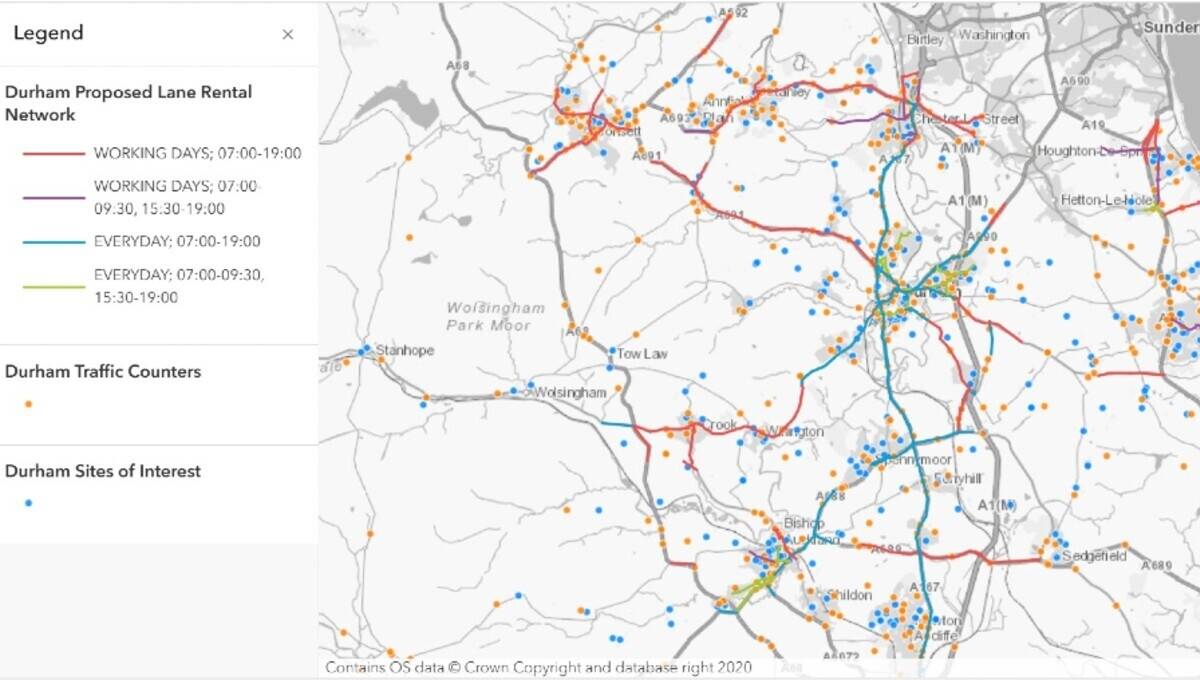There are many examples across the country of ways local authorities have approached the Troubled Families programme.
This case study outlines how Barnsley utilised the Unique Property Reference Number (UPRN) from the Local Land and Property Gazetteer (LLPG) to link disparate data sources to create a view of families in the borough.
Background
The Department for Communities and Local Government launched the Troubled Families programme in 2012. The programme aimed to work with 120,000 troubled families in England, through local authorities.
The Programme is based on identification of troubled families within local authorities, targeting key issues including anti-social behaviour; worklessness; and school absenteeism.
Where a local authority identifies a family who demonstrate several of these issues, the government will provide financial input for care workers and other targeted support. If a local authority can then demonstrate improvements for the families over time, the government provides further funding.
The problems
The challenge facing Barnsley was that there was not one single system that provided a common view of families across the borough. The various data sources which would help identify troubled families (anti-social behaviour records; absenteeism numbers; and worklessness) were disparately stored and not easily compared with one another. This meant identifying possible families who would benefit from the targeted support was very difficult.
The solution
The solution, which was fit for the purpose for Barnsley, was to utilise the power of the UPRN from the authority's local addresses dataset to link the different data sources together to provide a property level view which could be reviewed by the Troubled Families programme team. Although this does not provide the full family view (they may be split across multiple addresses, or interventions may occur at different addresses over time), it provided the team with a starting point for further analysis.
The council benefitted from past work to match and integrate internal datasets with its local address dataset, such as the Education and Benefits systems. By extracting key data alongside the UPRN, data from these systems could be quality assured, criteria-assessed and linked. Further data was sourced and matched from other systems, including the police's Youth Offending Team.
The Systems Manager extracted data from eight different sources; linked them to the local address data using the UPRN; and then ran the relevant tests to evaluate whether individual records met the programme criteria. The outcome was a database which could be used to interrogate the various data sources at property level to begin to build up a more detailed picture of families in Barnsley.
All data extraction, transformation testing and loading takes place in FME, enabling processes to be re-run periodically. This allows updated information to be checked and monitored for the programme team.
Outcomes and impact
The objective of this part of the project was to link disparate data sources together to enable the programme team to begin to gain a greater understanding of families in the borough, with the view to provide targeted support to those in need. This objective was met, with new families identified and submitted to the programme as a result, supplementing those already identified and worked with.
Key lessons from the project
This case study demonstrates two key lessons:
Background
The Department for Communities and Local Government launched the Troubled Families programme in 2012. The programme aimed to work with 120,000 troubled families in England, through local authorities.
The Programme is based on identification of troubled families within local authorities, targeting key issues including anti-social behaviour; worklessness; and school absenteeism.
Where a local authority identifies a family who demonstrate several of these issues, the government will provide financial input for care workers and other targeted support. If a local authority can then demonstrate improvements for the families over time, the government provides further funding.
The problems
The challenge facing Barnsley was that there was not one single system that provided a common view of families across the borough. The various data sources which would help identify troubled families (anti-social behaviour records; absenteeism numbers; and worklessness) were disparately stored and not easily compared with one another. This meant identifying possible families who would benefit from the targeted support was very difficult.
The solution
The solution, which was fit for the purpose for Barnsley, was to utilise the power of the UPRN from the authority's local addresses dataset to link the different data sources together to provide a property level view which could be reviewed by the Troubled Families programme team. Although this does not provide the full family view (they may be split across multiple addresses, or interventions may occur at different addresses over time), it provided the team with a starting point for further analysis.
The council benefitted from past work to match and integrate internal datasets with its local address dataset, such as the Education and Benefits systems. By extracting key data alongside the UPRN, data from these systems could be quality assured, criteria-assessed and linked. Further data was sourced and matched from other systems, including the police's Youth Offending Team.
The Systems Manager extracted data from eight different sources; linked them to the local address data using the UPRN; and then ran the relevant tests to evaluate whether individual records met the programme criteria. The outcome was a database which could be used to interrogate the various data sources at property level to begin to build up a more detailed picture of families in Barnsley.
All data extraction, transformation testing and loading takes place in FME, enabling processes to be re-run periodically. This allows updated information to be checked and monitored for the programme team.
Outcomes and impact
The objective of this part of the project was to link disparate data sources together to enable the programme team to begin to gain a greater understanding of families in the borough, with the view to provide targeted support to those in need. This objective was met, with new families identified and submitted to the programme as a result, supplementing those already identified and worked with.
Key lessons from the project
This case study demonstrates two key lessons:
- the value of the UPRN to act as a link between different data sources
- that solutions do not have to be very sophisticated to meet business needs.
- Riley Marsden, Systems Manager, Information Services, Barnsley MBC, 01226 787790
- Zoë Britt, Research and Communications Manager, GeoPlace 020 7 020 7630 4600



